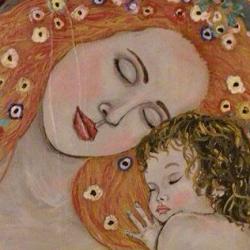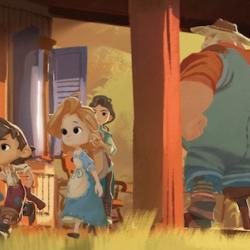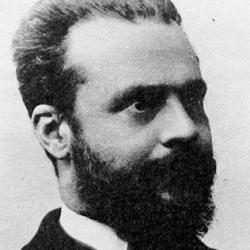By the time a child is two, he or she has developed “narrative” memory, the ability to “store” and recall events in story form. This is essential to the development of thought and self-reflection, but it is, Daniel Siegel argues, a shared, social process (The Developing Mind, 60-1), one that depends not only on the child but on his interaction with others, especially parents.
Siegel writes, “children who narrate life events with their parents will
begin to narrate to themselves. Their imaginings and the contents of their memories will become active parts of their internal and conscious
worlds. This view also reveals the possibility that some of our
most cherished personal processes, such as thought or even selfreflection,
may have their origins as interpersonal communication.”
Stories require both a teller and a listener, united in the “dance” of narration: “The teller produces
verbal and nonverbal signals that are received by the listener, and
then similar forms of communication are sent back to the teller. This
intricate dance requires that both persons have the complex capacity to
read social signals, to share the concept of the existence of a subjective
experience of mind, and to agree to participate in culturally accepted
rules of discourse. Stories are thus socially co-constructed” (62)_















